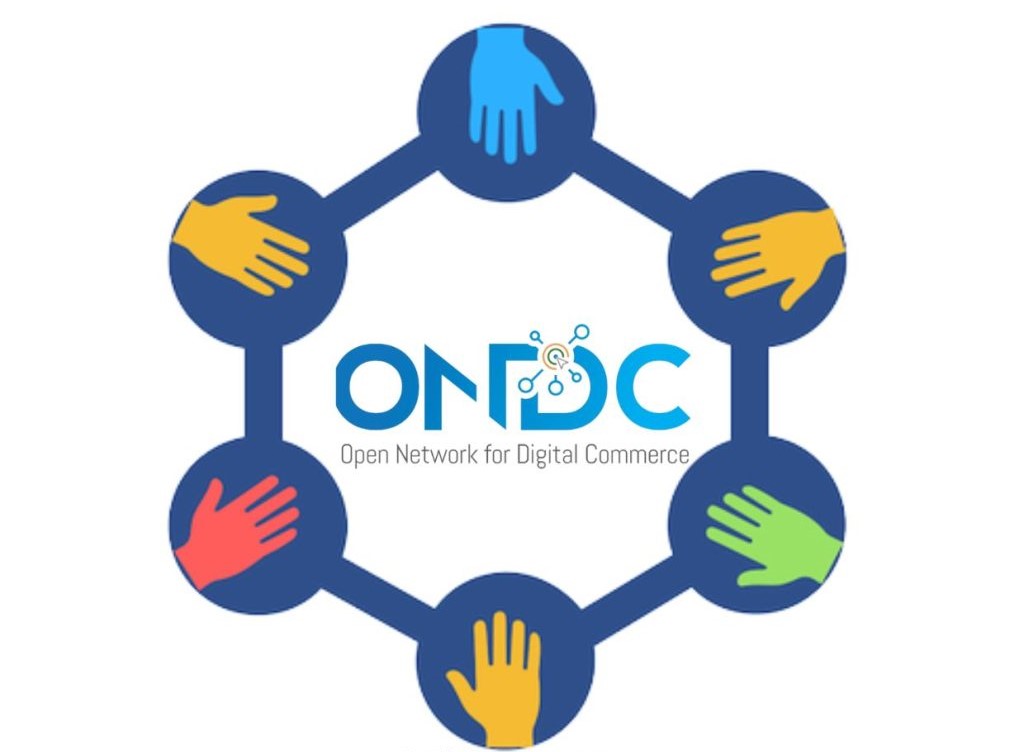The Open Network for Digital Commerce (ONDC) is an ground-breaking initiative by the Government of India aimed at revolutionizing e-commerce for sellers across the country. Designed to streamline the selling process, ONDC provides a comprehensive platform that enables sellers to focus on their core business activities while eliminating the complexities associated with building websites, managing payment gateways, and handling logistics. In this article, we will delve into the various aspects of ONDC, including its roles, features, pricing structure, standard categories, and recent advancements, highlighting how it simplifies e-commerce for sellers in India.
The Buyer App and the Seller App:
ONDC consists of two primary components: the Buyer app and the Seller app. The Buyer app serves as a central hub for managing customer queries, facilitating refunds, and ensuring timely payouts to sellers. Well-known examples of Buyer apps include Paytm and Meesho, which provide seamless interfaces for customers to interact with sellers. On the other hand, the Seller app is responsible for managing supply, dispatch, cataloging, and inventory control. It acts as an aggregator, allowing sellers to showcase their products across multiple buyer apps. Mystore, for instance, is a popular Seller app that enables sellers to expand their reach and visibility by making their products available on various buyer apps.
The Significance of the ONDC Score:
An integral feature of ONDC is the ONDC score, which plays a crucial role in determining a seller’s visibility within the platform’s listings. The score is calculated based on various factors, including product quality, timely delivery, customer feedback, and more. A higher ONDC score translates to better visibility for the seller, as it indicates their commitment to providing excellent products and services. Sellers are incentivized to continuously improve their offerings, thereby enhancing customer satisfaction and building trust. By rewarding sellers with higher visibility, ONDC encourages healthy competition and drives overall quality standards within the e-commerce ecosystem.
Straightforward Pricing and Invoice Management:
Pricing on ONDC follows a transparent and straightforward structure. Customers are charged the product price, along with shipping and packaging costs. Sellers receive their payments through the Buyer app, which calculates the commission percentage based on the customer’s payment. During product shipment, sellers create invoices for customers, ensuring a smooth and professional buying experience. Furthermore, sellers have the flexibility to define return and cancellation policies for specific products, tailoring their offerings to meet customer expectations.
Standard Categories for Easy Product Listing:
To enhance the browsing and shopping experience for buyers, ONDC offers standardized categories for sellers to list their products. These categories make it easier for buyers to find the specific products they are looking for, streamlining the search and purchase process. By organizing products into logical categories, ONDC simplifies navigation and increases the likelihood of successful transactions. However, it’s important to note that COD (cash on delivery) is not available on the ONDC platform, as it aligns with the government’s push for digital payments and a cashless economy.
Advancements:
Integration with GeM and Micro-Enterprises (Approximately 200 words): ONDC has been making significant advancements to further enhance the e-commerce landscape in India. One notable development is the integration of ONDC with the Government e-Marketplace (GeM), a government-run online platform for the procurement of goods and services by government organizations. This integration enables direct sales to government entities, opening up new opportunities for sellers and expanding their potential customer base. By leveraging the ONDC platform, sellers can access a trusted and reliable channel to serve government organizations efficiently.
Another significant advancement is the utilization of ONDC to support the setup and growth of micro-enterprises. Micro-enterprises, defined as small businesses with fewer than ten employees, play a vital role in India’s economy. ONDC provides a robust framework that simplifies backend processes for these enterprises, allowing entrepreneurs to focus on product sales and business expansion. By leveraging the capabilities of ONDC, micro-enterprises can access a wider market reach, streamline operations, and capitalize on the growing e-commerce trends.
In conclusion, the Open Network for Digital Commerce (ONDC) serves as a catalyst for simplifying e-commerce for sellers in India. By providing a comprehensive platform, ONDC enables sellers to focus on their core business activities while eliminating the complexities associated with managing websites, payment gateways, and logistics. With its user-friendly roles, transparent pricing structure, standardized categories, and recent advancements like integration with GeM and support for micro-enterprises, ONDC is transforming the e-commerce landscape, empowering sellers and driving growth in the digital commerce ecosystem.



